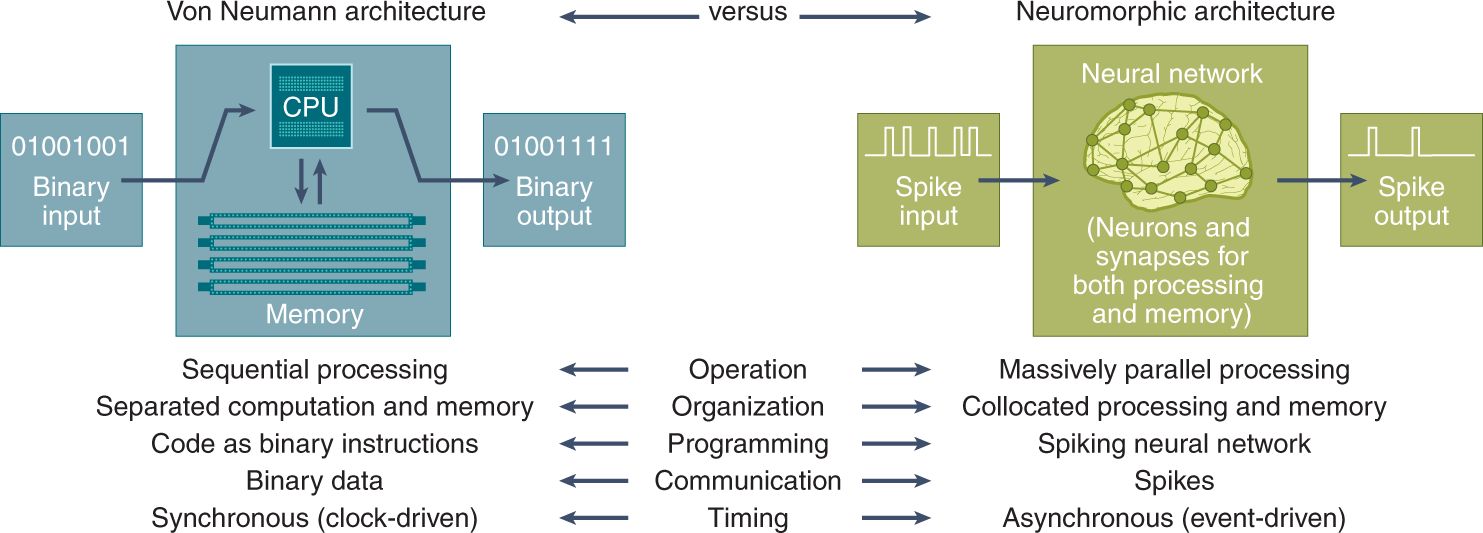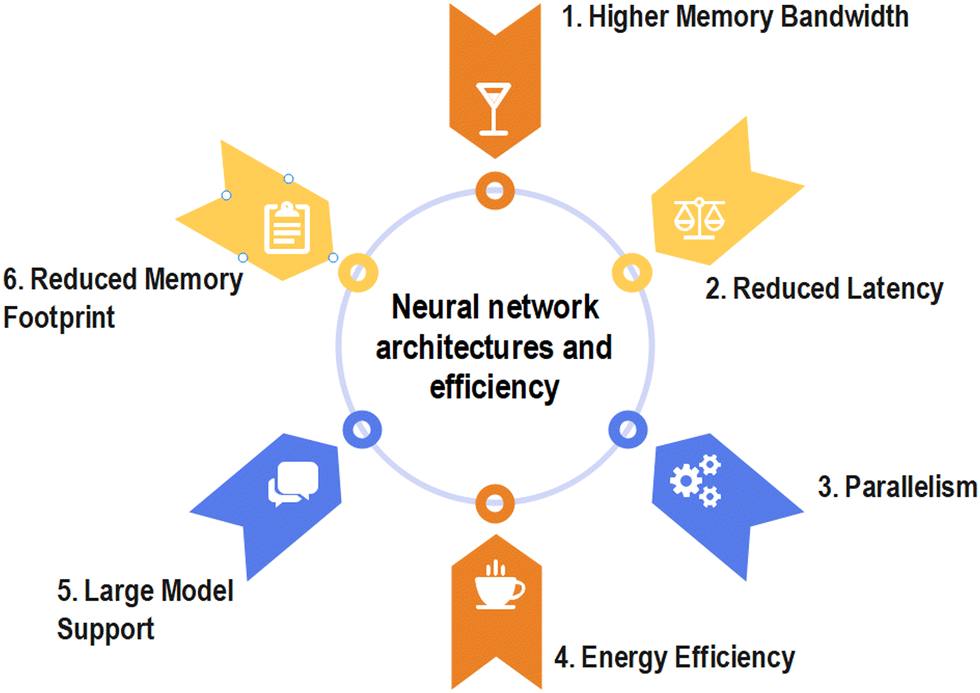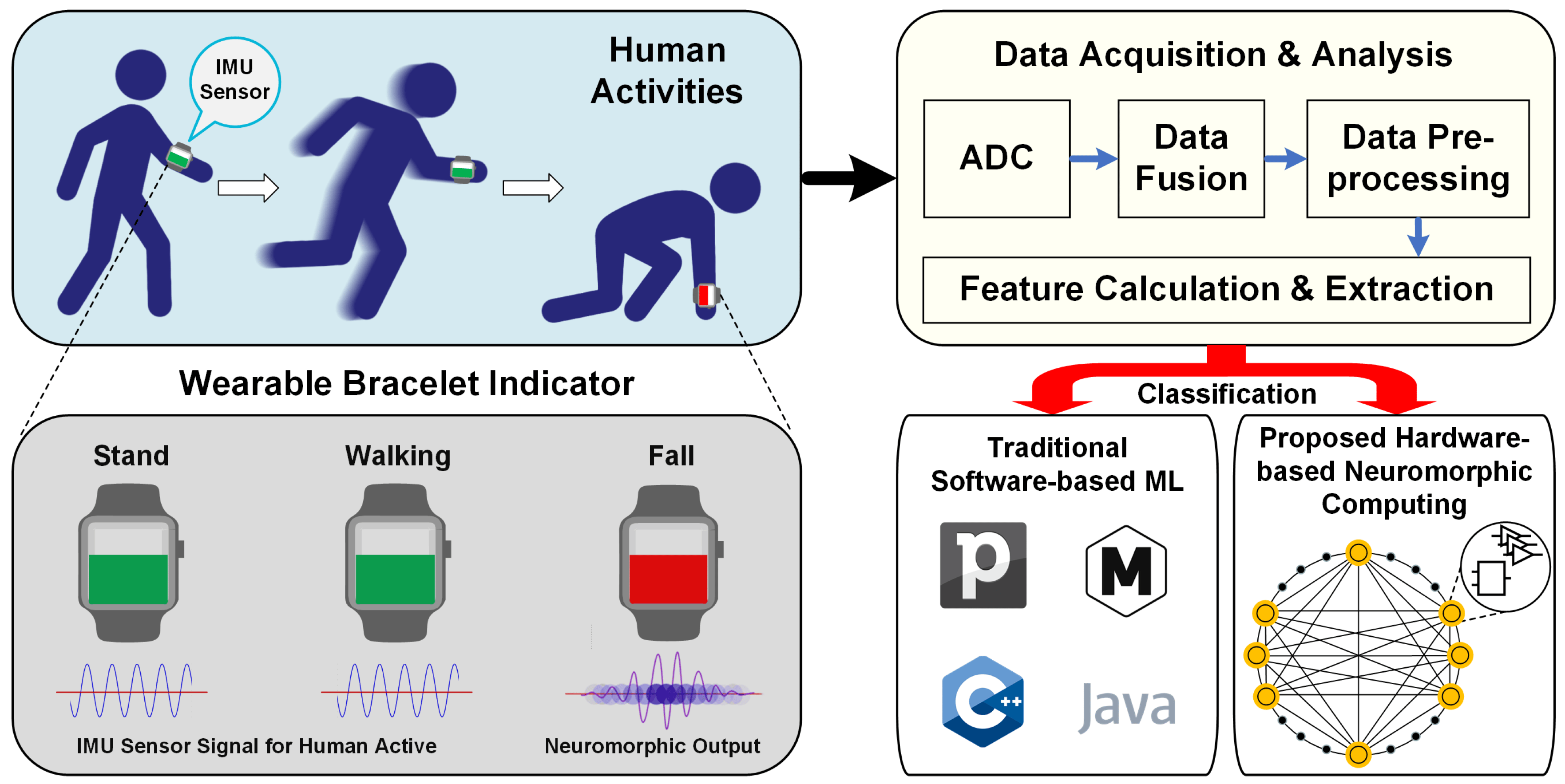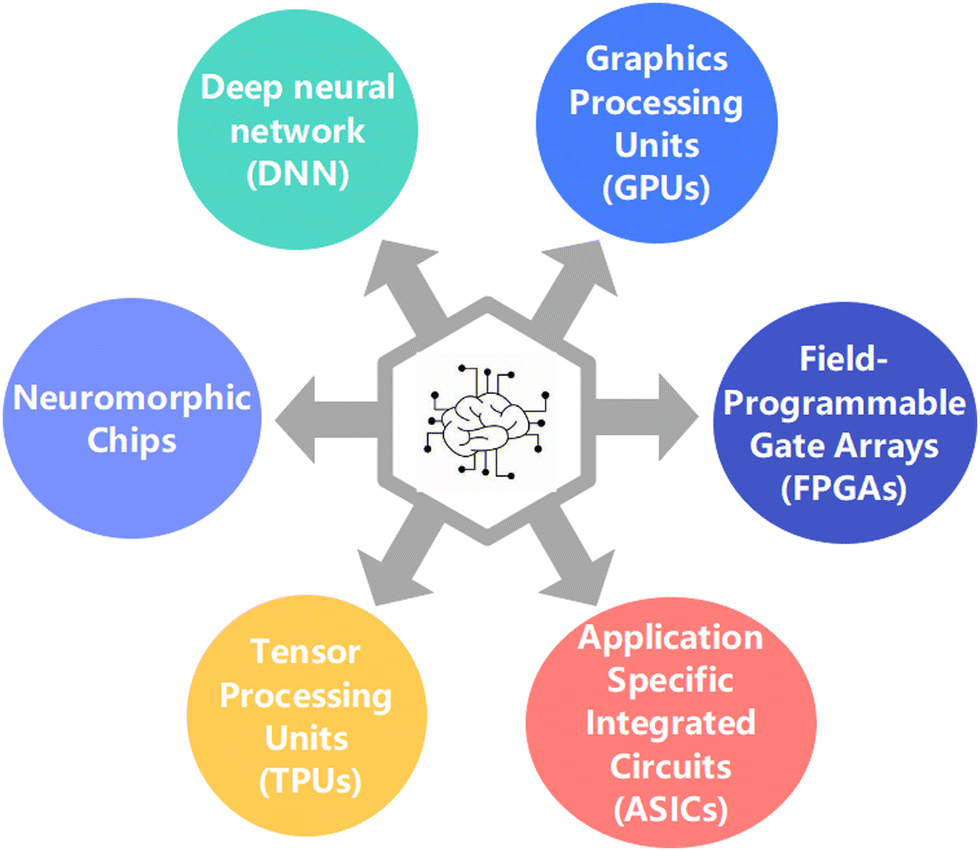Introduction
Neuromorphic computing, inspired by the structure and functionality of the human brain, represents a groundbreaking approach to artificial intelligence and computing systems. Unlike traditional computing architectures, which rely on binary logic and sequential processing, neuromorphic computing mimics the parallel processing and synaptic connections of biological neural networks. This innovative technology holds the promise of revolutionizing various fields, from machine learning and robotics to neuroscience and cognitive computing, by enabling faster, more energy-efficient, and brain-like computation. In this blog, we delve into the intricacies of neuromorphic computing, exploring its principles, advantages, applications, and potential impact on the future of computing and artificial intelligence.
1. Mimicking Neural Architecture:
Neuromorphic computing emulates the parallel processing and interconnectedness of neurons in the human brain, utilizing spiking neural networks (SNNs) and neuromorphic hardware to simulate biological neural networks. Unlike conventional computers, which process data in a linear fashion using discrete binary bits, neuromorphic systems operate in a more brain-like manner, with neurons communicating through spikes or pulses of activity. By replicating the structure and dynamics of neural circuits, neuromorphic computing enables complex cognitive tasks such as pattern recognition, learning, and decision-making to be performed with greater efficiency and scalability. Neuromorphic hardware, such as IBM's TrueNorth chip and Intel's Loihi processor, implements neuromorphic architectures optimized for energy-efficient, real-time processing of spiking neural networks, paving the way for next-generation AI systems with unprecedented capabilities.

2. Advantages of Neuromorphic Computing:
Energy Efficiency:
Neuromorphic computing offers significant energy savings compared to traditional computing architectures, thanks to its parallel processing and event-driven nature. By leveraging sparse and asynchronous communication between neurons, neuromorphic systems minimize energy consumption, making them well-suited for power-constrained applications such as mobile devices, edge computing, and IoT devices.
Real-Time Processing:
Neuromorphic computing enables real-time processing of sensory data and dynamic environments, making it ideal for applications that require low-latency responses and adaptive behavior. By processing information in parallel and asynchronously, neuromorphic systems can handle streaming data and sensor inputs with minimal delay, facilitating tasks such as autonomous navigation, object recognition, and natural language processing.
Fault Tolerance:
Neuromorphic hardware exhibits robustness and fault tolerance due to its distributed and decentralized architecture, which is resilient to hardware failures and noise. Unlike traditional von Neumann computers, which are susceptible to single-point failures and data corruption, neuromorphic systems can gracefully degrade in the presence of faults, making them suitable for safety-critical applications such as autonomous vehicles and medical devices.
Scalability:
Neuromorphic computing offers scalability and flexibility in designing and implementing neural networks, allowing for efficient utilization of hardware resources and accommodation of varying computational demands. Neuromorphic architectures can be scaled up or down to accommodate different network sizes and complexity levels, enabling seamless integration into diverse applications and environments.
Cognitive Capabilities:
Neuromorphic computing enables the development of AI systems with cognitive capabilities such as learning, adaptation, and self-organization, mirroring the plasticity and resilience of biological brains. By simulating synaptic plasticity and learning rules in spiking neural networks, neuromorphic systems can acquire knowledge from data, adapt to changing environments, and exhibit intelligent behavior without explicit programming, opening up new possibilities for autonomous agents and cognitive robotics.

3. Benefits of Neuromorphic Computing:
Improved Performance:
Neuromorphic computing offers superior performance compared to conventional computing architectures for certain types of tasks, particularly those involving pattern recognition, sensory processing, and dynamic decision-making. By leveraging parallel processing and event-driven computation, neuromorphic systems can achieve high throughput and low latency, enabling rapid analysis and response to complex stimuli.
Enhanced Adaptability:
Neuromorphic systems exhibit adaptability and self-organization, allowing them to learn from experience, adjust their behavior, and optimize performance over time. Through mechanisms such as synaptic plasticity and reinforcement learning, neuromorphic networks can adapt to changing environments, refine their models, and improve accuracy and efficiency without human intervention.
Biologically Plausible Models:
Neuromorphic computing provides biologically plausible models of neural computation, offering insights into the fundamental principles underlying brain function and cognition. By simulating neural processes at the level of individual neurons and synapses, neuromorphic systems can help researchers better understand brain dynamics, neural coding, and information processing mechanisms, advancing our knowledge of neuroscience and cognitive science.
Low Latency and Real-Time Interaction:
Neuromorphic computing enables low-latency processing and real-time interaction with sensory inputs and environmental stimuli, making it well-suited for applications that require rapid decision-making and feedback. Whether deployed in autonomous vehicles, robotic systems, or immersive virtual environments, neuromorphic systems can analyze sensory data, detect patterns, and generate responses with minimal delay, enhancing responsiveness and user experience.
Energy-Efficient Learning:
Neuromorphic computing facilitates energy-efficient learning and inference by leveraging sparsity, event-driven processing, and synaptic plasticity mechanisms inspired by biological brains. Unlike conventional deep learning approaches that require massive computational resources and extensive training data, neuromorphic systems can achieve high performance with sparse and incremental learning algorithms, reducing energy consumption and resource requirements for AI applications.

4. Use Cases of Neuromorphic Computing:
Neuromorphic Vision Systems:
Neuromorphic vision systems leverage spiking neural networks and event-based sensors to perform real-time visual processing tasks, such as object detection, tracking, and gesture recognition. These systems enable low-power, high-speed image analysis for applications in robotics, autonomous vehicles, surveillance, and augmented reality, where rapid and energy-efficient perception is critical.
Brain-Inspired Robotics:
Neuromorphic computing is applied in robotics to develop brain-inspired control systems that mimic the structure and function of biological brains. These neuromorphic control architectures enable robots to exhibit adaptive behavior, learn from interactions with the environment, and perform complex tasks with flexibility and efficiency, advancing the field of cognitive robotics and human-robot interaction.
Neuromorphic Audio Processing:
Neuromorphic audio processing systems use spiking neural networks to analyze sound signals, perform speech recognition, and localize sound sources in real-time. These systems enable energy-efficient audio processing for applications such as speech interfaces, smart speakers, hearing aids, and environmental noise monitoring, where low-power and low-latency processing are essential.
Neuromorphic Computing in Healthcare:
Neuromorphic computing is applied in healthcare for tasks such as medical image analysis, disease diagnosis, and patient monitoring. Neuromorphic systems can analyze complex biomedical data, identify patterns indicative of disease or physiological abnormalities, and assist healthcare professionals in making accurate diagnoses and treatment decisions, leading to improved patient outcomes and personalized healthcare interventions.
Neuromorphic Edge Computing:
Neuromorphic edge computing brings AI processing closer to the source of data generation, enabling real-time inference and decision-making at the network edge. By deploying neuromorphic algorithms on edge devices such as smartphones, IoT sensors, and wearable devices, organizations can achieve low-latency, privacy-preserving AI applications in diverse domains, including smart cities, industrial automation, and personalized healthcare.

5. Types of Neuromorphic Computing:
Analog Neuromorphic Chips:
Analog neuromorphic chips emulate the behavior of biological neurons and synapses using analog circuitry, enabling efficient and scalable implementation of spiking neural networks. These chips offer low-power, real-time processing capabilities for neuromorphic applications in sensory processing, pattern recognition, and cognitive computing.
Digital Neuromorphic Processors:
Digital neuromorphic processors implement spiking neural networks using digital circuitry and digital signal processing techniques, offering flexibility, programmability, and scalability for neuromorphic computing tasks. These processors enable the simulation of large-scale neural networks and the exploration of complex neural dynamics and learning algorithms.
Mixed-Signal Neuromorphic Systems:
Mixed-signal neuromorphic systems combine analog and digital components to achieve the benefits of both approaches, offering the efficiency of analog processing and the programmability of digital circuits. These systems integrate neuromorphic processing cores with on-chip sensors, memory, and communication interfaces, enabling versatile and energy-efficient implementations of neural computation for diverse applications.
Spiking Neural Network Simulators:
Spiking neural network simulators are software tools that simulate the behavior of neural networks using mathematical models and algorithms. These simulators provide researchers and developers with a platform for designing, testing, and optimizing neuromorphic algorithms and architectures, facilitating the development of novel AI applications and cognitive computing systems.
Neuromorphic Hardware Accelerators:
Neuromorphic hardware accelerators are specialized computing devices designed to accelerate the execution of neuromorphic algorithms and models, offering high performance and energy efficiency for real-time inference and learning tasks. These accelerators integrate custom-designed neuromorphic processing units with optimized memory architectures and communication interfaces, enabling fast and energy-efficient execution of spiking neural networks for edge AI applications.

Conclusion
In conclusion, neuromorphic computing represents a paradigm shift in artificial intelligence and computing technology, offering a brain-inspired approach to computational modeling and cognitive processing. With its ability to mimic the structure and function of biological brains, neuromorphic computing holds immense promise for revolutionizing AI applications in diverse domains, from robotics and healthcare to edge computing and beyond. By harnessing the principles of neural computation and synaptic plasticity, neuromorphic systems offer advantages such as energy efficiency, real-time processing, fault tolerance, and cognitive capabilities that are well-suited for next-generation AI systems and cognitive computing architectures.
